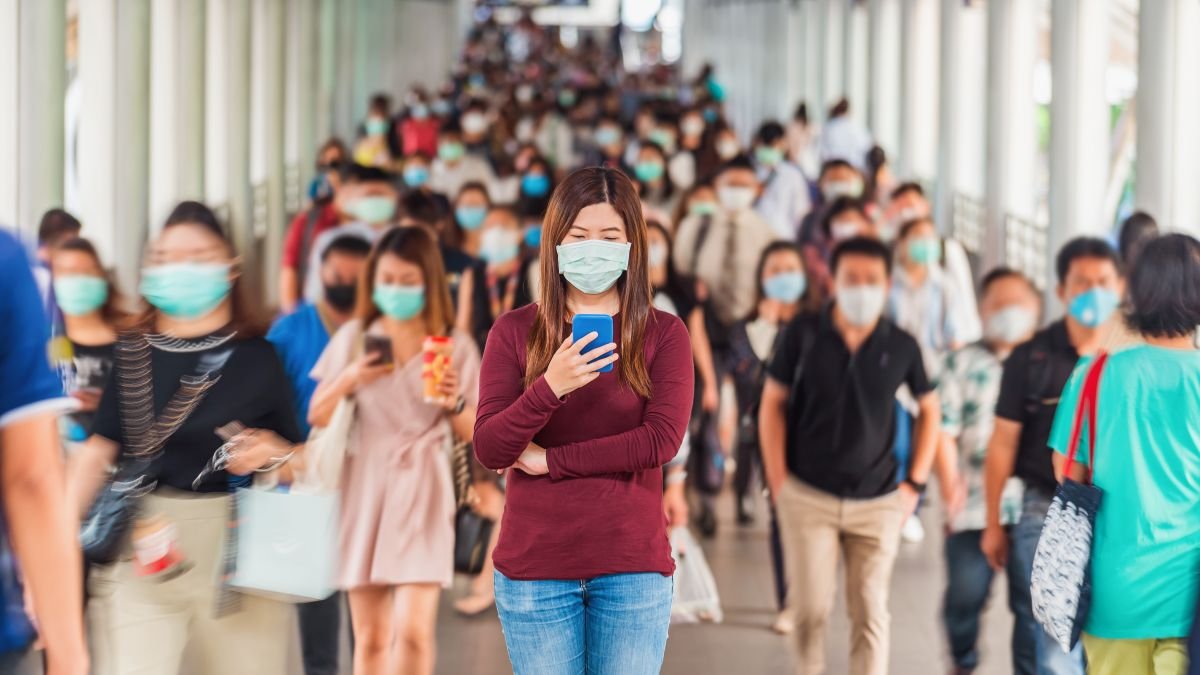

When Google and Apple partnered to create a solution to trace the contacts of Covid-19 individuals using Bluetooth signals from their smartphones, they never imagined that previously ignored incompatibility issues could haunt them. period Because, researchers now claim that despite the best efforts of the two tech giants, as many as two billion of the 3.5 billion smartphone users could be excluded from this exercise. All this because the two companies have not taken into account the multiple versions of Bluetooth that smartphones have carried over the years. Its system is currently based on wireless chips and specific software that might be missing from the millions of smartphones currently in use and marketed five years ago. The problem worsens when it becomes clear that such phones could be in the hands of the elderly and the poorest segments of society, easily the two segments most vulnerable to Covid-19 infections. Of the approximately 3.5 billion smartphones used worldwide, at least 25% of them may not have Bluetooth low power chips. It is also estimated that 1.500 billion cell phone users use old "cell phones" or other non-smart phones. All of these aspects will make contact tracing much less effective. Compared to more than 80% compatible devices in the US and European countries, it is estimated that only 30-40% of mobile users in India would have compatible phones. The new app from Google and Apple should be available in mid-May. In India, the government is vigorously promoting its Aarogya Setu app for contact tracing. It is available for Android and iOS devices. New reports suggest that the Indian government plans to use the app as an electronic pass to track the movement of people once lockdown restrictions are relaxed. First, the data provided by the user will be evaluated to determine if the user is in good health and not affected by Covid-19. Otherwise, the app will show a green color indicating that the user is safe. Then, when the user is on the move, the app can issue a warning when the user is near a high-risk area.